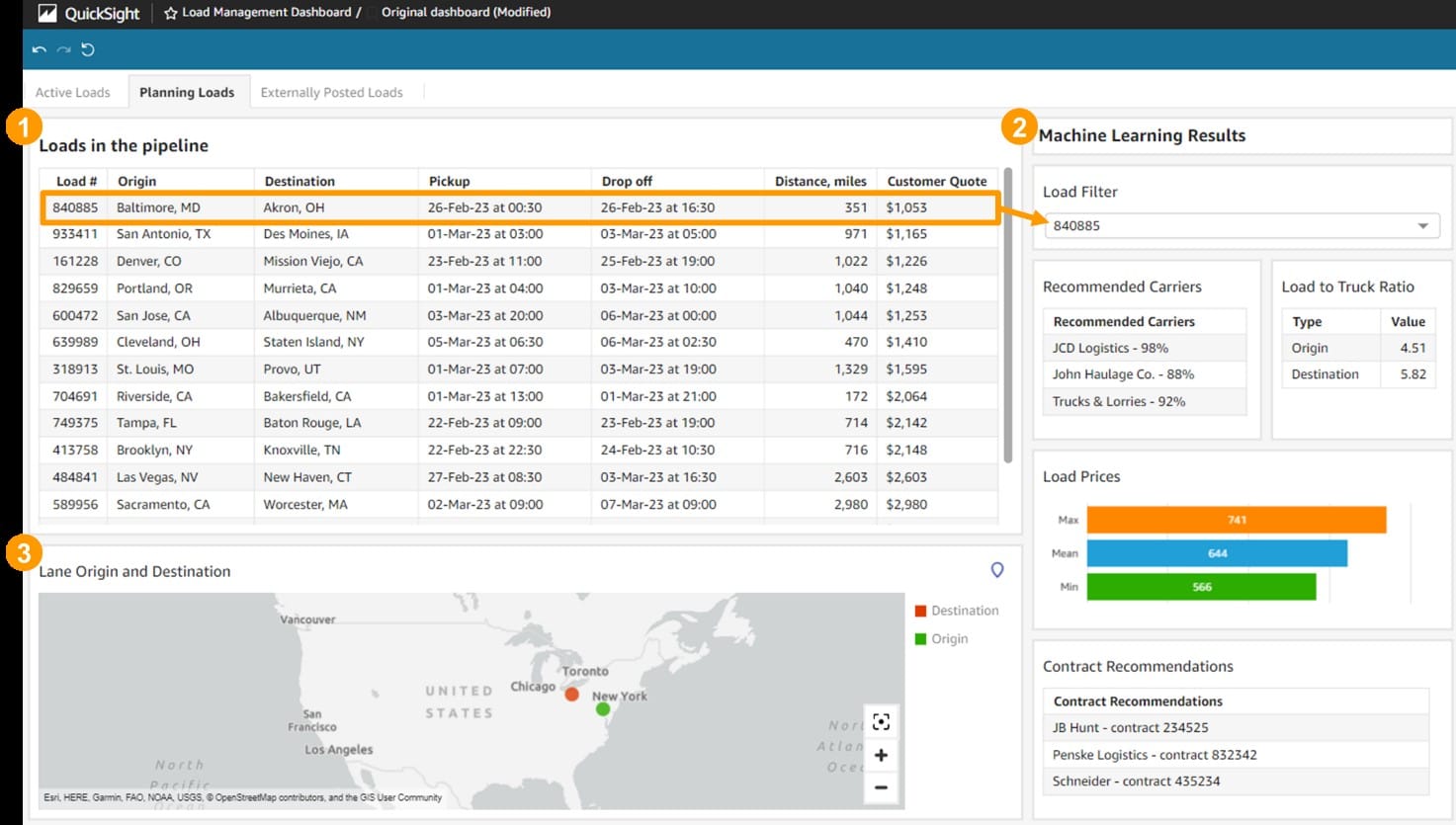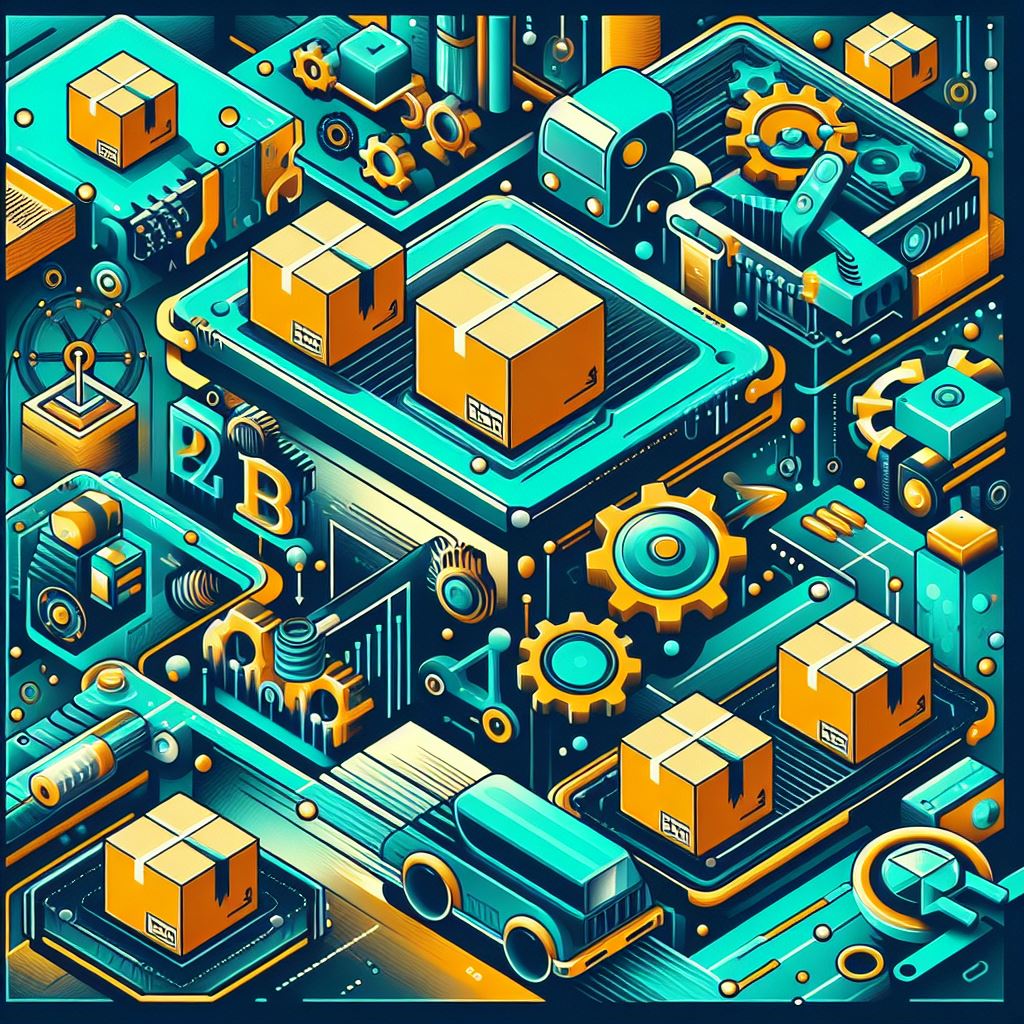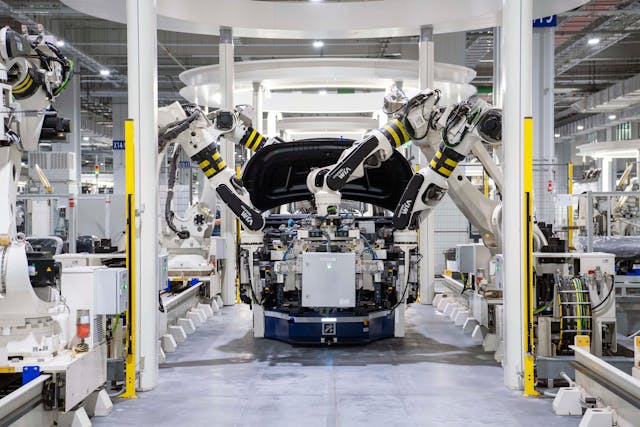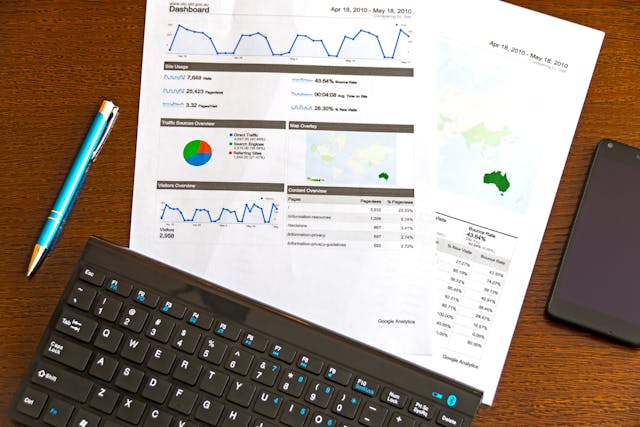🎣 Freight vs. Tariffs
Plus, two trucking firms close, harassment claims at TIA conference, a 19.5% week-over-week drop in spot loads, and more.

Here are 10 ways you can implement AI into your supply chain today.
Their not in a specific order.

Dynamic pricing can improve a logistics provider's profit margin by up to 10%, according to Amazon Web Services.
Artificial intelligence (AI) can actively offer customers prices based on factors such as sales data, bookings, customer behavior, weather, and market data. Logistics service providers could dynamically optimize pricing based on route capacity and seasonality.
U.S.-based CH Robinson receives over 10,000 requests for quotes for individual shipments every day. The company has already automated a portion of its quote responses and is working towards fully automating responses.
9. Dynamic Route Optimization

Companies are already using dynamic route optimization, especially for last-mile deliveries. This means that AI analyzes historical data and sets the route before the vehicle departs.
During the drive, the route order can be changed dynamically based on time or fuel consumption, taking into account traffic and weather information.
8. Quality management

AI is being used for quality assurance.
Many companies want deliveries to go through their warehouses to ensure quality.
By training algorithms to analyze defects from images, videos, and sensor data, quality assurance can be done right from the factory, with certifications available in the cloud for verification by the customer and producer.
This again removes a friction point from the supply chain and brings efficiency to operations. Companies like Ford and Amazon are already using this successfully.
7. Packaging

By leveraging AI, existing machine capabilities can be improved retrospectively.
Siemens enhanced a customer's packaging machine using AI, which led to a 35% increase in throughput compared to previously. In practice, AI was used to train the packaging machine's software to be more efficient, without needing to touch the machine itself.
This demonstrates how AI can be utilized to improve the capabilities of existing machines and boost efficiency without significant investments in new equipment.
You can find more details about this project here: https://tinyurl.com/ycxsun6
6. Supply chain optimization

Walmart leverages AI to forecast sales and optimize inventory levels.
This means it optimizes inventory and orders products based on demand and data. This helps keep inventory value at a reasonable level.
I bought a swim pull buoy last week and the cashier mentioned that when the new model comes into stock, the prices of the old models will automatically start to drop.
5. Automated Picking

Cooperation between AI, robots, and humans is a common sight in the warehouse already in the present. When I visited the Mercedes-Benz factory, the assembly line was moving at a steady pace and people were only installing the components brought by the robots.
Buyers have made different choices for each car. Robotics, automation, and artificial intelligence have made it easier for humans in such a way that robots bring everything from the warehouse without asking. Robots know how to take into account their surroundings, future orders, the fastest collection routes, and so much more.
Robots can move around the warehouse independently and provide faster picking times.
4. System Maintenance

Uber, Meta, and the big online stores have found through practice that artificial intelligence is more effective than humans in ensuring the usability and reliability of an application, online store, or website.
AI constantly scans in the background looking for possible weaknesses, identifies system overloads and threats, and can immediately respond to them.
3. Anticipatory maintenance

Everyone likes to know about mistakes before they happen.
Often, for example, fleet maintenance intervals are measured in time, kilometers, or the employee's working hours. This leads to maintenance being carried out too early. Artificial intelligence has improved safety in maintenance and reduced maintenance costs, which has reduced interruptions in production, improved customer satisfaction, and generally increased efficiency.
Artificial intelligence can directly book the scheduled maintenance and spare parts and notify work management of future needs. It collaborates with multiple stakeholders.
At United Airlines, AI is used to monitor the condition of aircraft engines and identify maintenance needs. John Deere and UPS also use it to optimize service life, condition, and maintenance intervals. With this, companies can optimize and save waste in many different areas. I believe this will increase significantly, goodbye spreadsheets!
2. Reducing emissions

In support of reducing emissions, artificial intelligence might make or break the green transition. The risk is we can't control the energy usage that is needed to operate. The positive side is using the data we can find many different ways to reduce carbon dioxide emissions.
Examples are route optimization, packaging material, selecting preferred transport modes, and better optimizing loading space. AI can also even train the driver to be more eco-conscious about pressing the pedal to the metal. DHL uses artificial intelligence to reduce the amount of space in its shipments.
1. Reporting

PwC will be investing $1 billion in AI over the next three years.
Why? Because it's worth it.
Reporting is often seen as a time-consuming and tedious task that is simply a necessity. AI doesn't have feelings so it can scan data faster and more accurately than a human could ever. It can generate reports automatically and can do so in a format that is even more understandable than a human-generated report.
It's a no-brainer to have insights immediately within reach.
How are you using the capabilities of AI today, or are you planning to in the future?
Join over 12K+ subscribers to get the latest freight news and entertainment directly in your inbox for free. Subscribe & be sure to check your inbox to confirm (and your spam folder just in case).